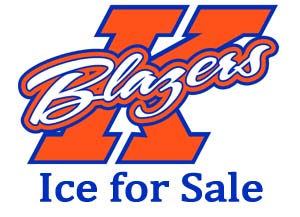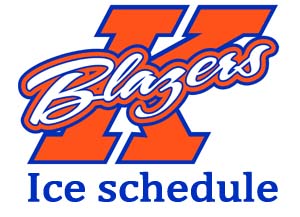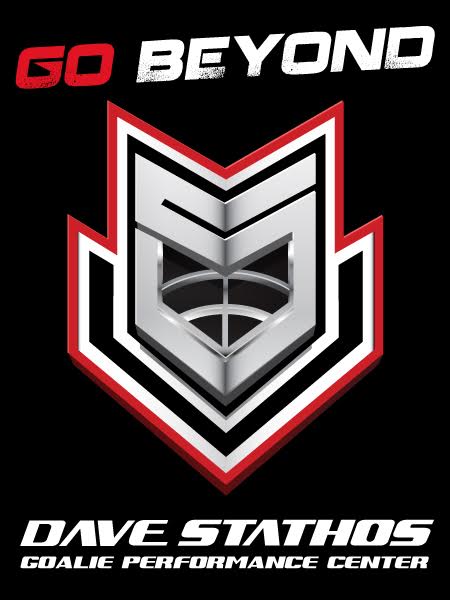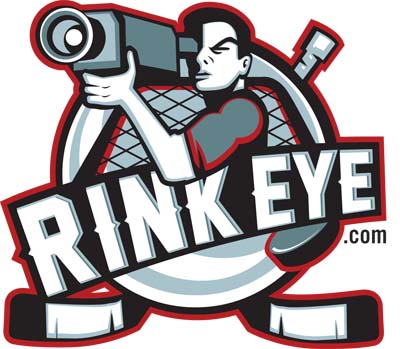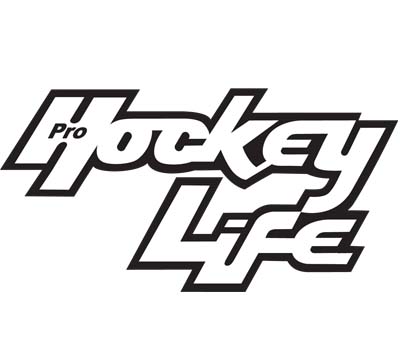Locker Rooms
- KMHA Locker Room Guidelines
- Say NO to Locker Room boxing
- KMHA Policy for Electronic Devices in Locker Rooms
- Co-Ed Locker Room Policy
KMHA Locker Room Guidelines
Within the Locker Rooms and arenas, all KMHA members should:
- Ensure that as team officials, KMHA members and as parents you establish strict rules against horseplay in the Locker room, that the Locker room floor is free from debris, and players are cautioned against walking around while wearing skates.
- If you work with a team that includes both males and females, ensure that any separate Locker areas are safe and supervised.
- Ensure that hallways leading to the playing area feature rubber padding or another non-slip surface for players to walk on
- Also ensure that this surface is free from debris, bumps or ruts and that proper lighting is in use.
Locker rooms should be kept to safe standards: well lit, appropriately heated, maintained and regularly cleaned. In most cases, this is the responsibility of the facility staff. However, the Locker room should be maintained with the following in mind:
- The locker room should be cleaned and disinfected daily (including lockers and benches).
- The floor should be damp mopped daily.
- Carpeted areas should be vacuumed daily (antifungal carpets are recommended).
Know the location of all fire exits, first aid/treatment rooms and First Aid Kits within every arena facility.
Any concerns should be reported to facility staff and followed up in writing/e-mail to: riskandsafety@kmha.ca
Say NO to Locker Room boxing
A new type of violence has found its way into amateur hockey and is cause for great concern within minor hockey in Canada. Locker Room boxing is an activity that takes place when players put their helmets and gloves on with the intention of punching each other in a vicious manner – often in the head area.
KMHA does not condone this type of behaviour or any other type of fighting between players either on or off the ice. With increased awareness and education concerning concussions in sport, it is becoming more apparent that any type of blow to the head area has the potential to cause severe injury regardless of whether or not a player is wearing a helmet. Concussion injuries can cause lengthy loss of playing time and end players’ careers, and recent evidence suggests that the cumulative effects of multiple concussions can have a detrimental effect on the lives of young athletes in the long term.
Coaches and team leaders are asked to work to eliminate this type of behaviour both in the Locker room and in areas where this behaviour can potentially occur by implementing prevention plans and team rules against Locker Room boxing and fighting and by clearly defining these to all coaches, team managers, trainers and parents throughout the season. This, combined with player and parent education with respect to concussions, will help to eliminate this type of behaviour.
Another significant component of preventing this type of behaviour in the Locker room, or during any team function, is proper team supervision. KMHA stresses the importance of players being supervised at all times during team activities to help ensure a safe environment. The Speak Out program outlines in detail important steps that must be taken to ensure adequate supervision of players.
KMHA asks all involved with the game in leadership roles to assist in ensuring that these types of behaviours are eliminated and hockey continues to offer a safe, fun and positive experience for all involved.
KMHA Policy for Electronic Devices in Locker Rooms
Electronic Devices include but not limited to – Cameras, Camera Phones and Personal Digital Assistants, PDA’S (iPods©, Blackberry’s©, etc)
Technology advancements have allowed cell phones, PDA’S, etc to carry new functions – such as cameras that allow users to secretly photograph objects in front of them while appearing to dial a number. These phones are very popular and widespread.
The ability to snap photos without others knowing has raised significant concerns for members within our Association. The potential exists for deviant behaviour of camera-phone users photographing others undressing and showering in change rooms. Cell phones already take better pictures than most video cameras; cell phones eliminate the evidence (send it somewhere else), rather than storing it where it can be easily found; unlike video cameras, cell phones, iPods, etc don’t require disguises or excuses to be brought into such sensitive areas as change rooms, bathrooms etc.
If someone uses a device in this way and takes a photo and puts it on the Internet, it’s a violation of personal privacy and will not be tolerated by the KMHA.
Therefore, the following policy will take effect immediately:
The use of any form of Camera, Video Camera, Camera Cell Phone or Personal Digital Assistant (PDA) is prohibited in or around any recreational facility change room, during any KMHA sanctioned event.
Co-Ed Locker Room Policy
In order to comply with ODHA, Hockey Canada and with the Ontario Human Rights Commission, the following Co-Ed Locker room policy is in effective within KMHA boundaries.
At the Atom level and below, mixed genders may change in the same room at the same time with the presence of two adults.
Teams at the Peewee level and higher are to utilize the following procedures:
- When separate change areas or facilities exist for both male and females participants, males and females shall make use of these separate facilities. It is the responsibility of the coach to ensure all players are involved in both the pre-game and post-game activities.
- If the facility does not have separate change areas available, teams shall address the issue by having the players dress, undress and shower in shifts. It is the responsibility of the team to ensure the safety of individual players when they are dressing, undressing and showering.
- If options 1 and 2 are unavailable, not possible or unmanageable, then individual teams shall be free to relax these rules/guidelines to address the needs of all participants if the team agrees with an alternate plan.
- For a co-ed Locker room arrangement to exist at the Peeeee Level or higher, teams may identify an alternate arrangement provided:
- it provides a safe and manageable sporting environment; and
- there is acceptance of the arrangement and signed consent by ALL parties involved including coaches, team officials, players, parents/ guardians and the association/league; and
- a copy of the alternate arrangement along with all supporting Documentation be forwarded to the KMHA Coordinator of Risk and Safety Management for review.
Questions / Comments Email: riskandsafety@kmha.ca


